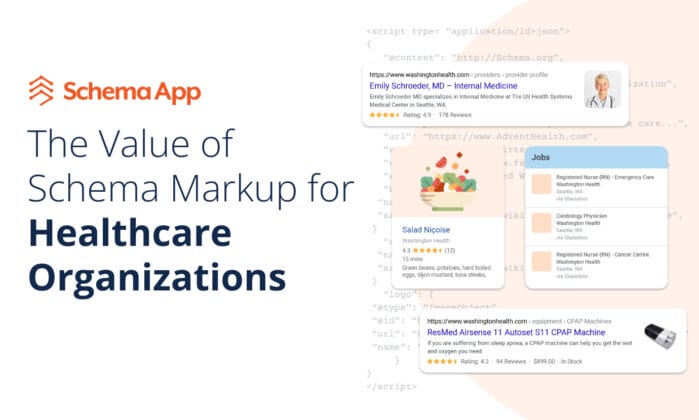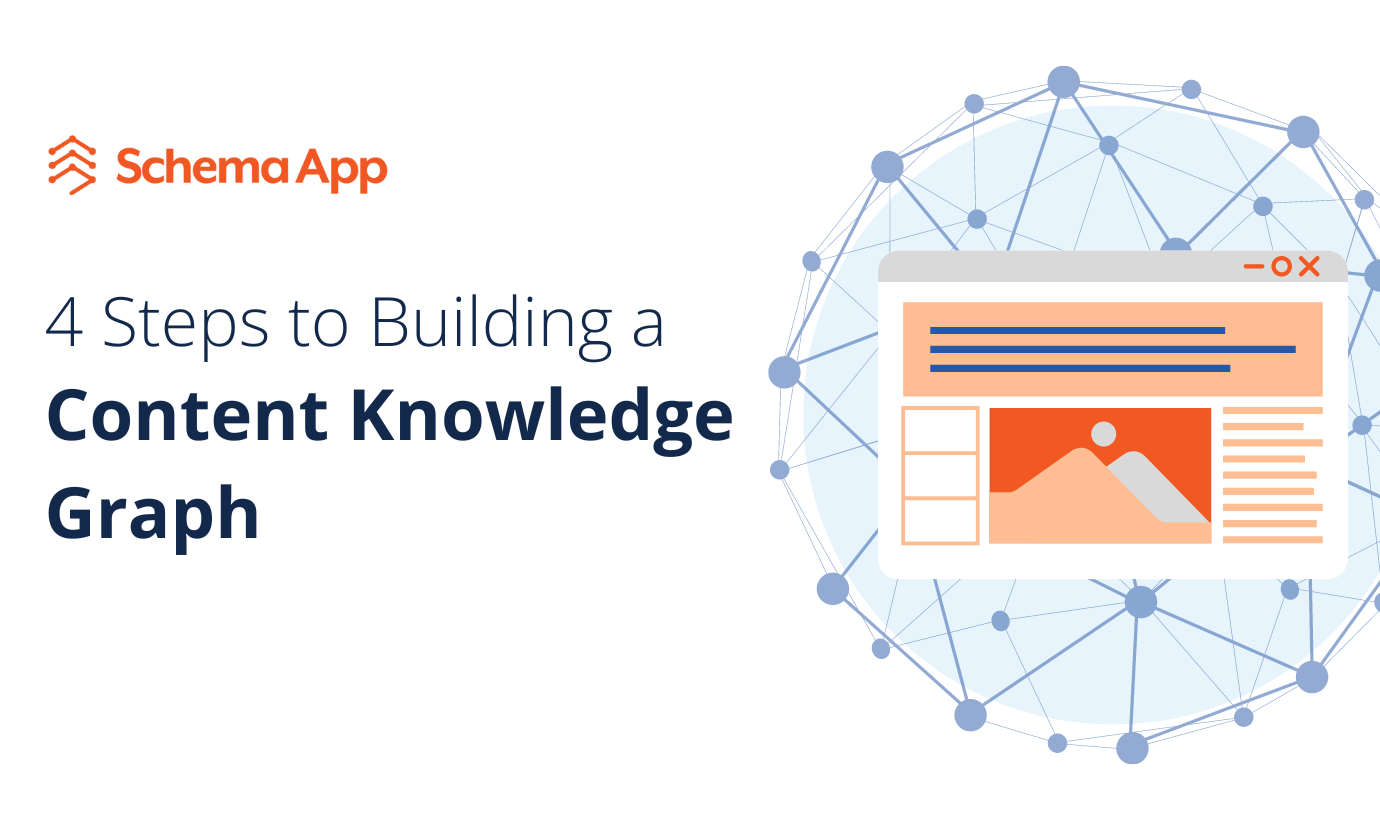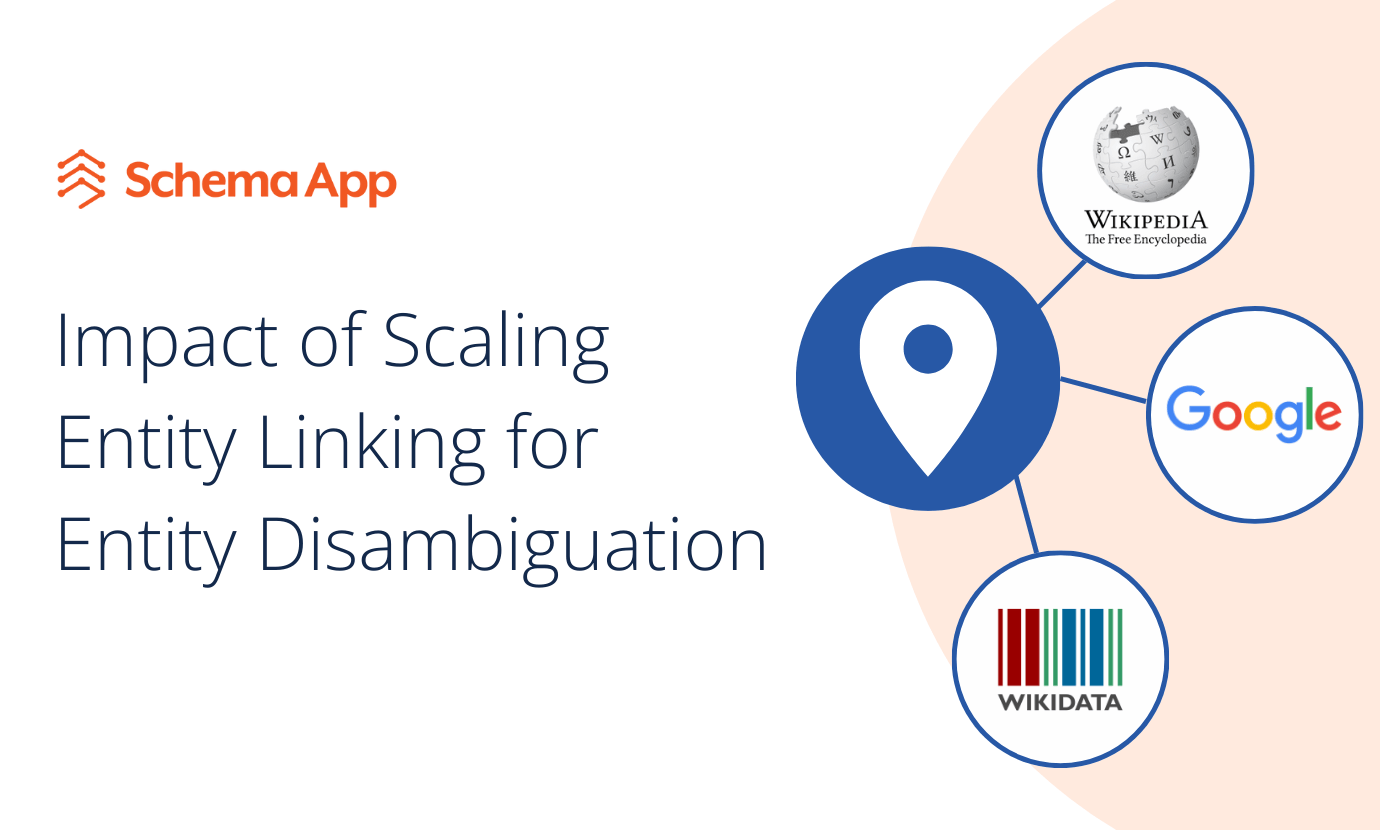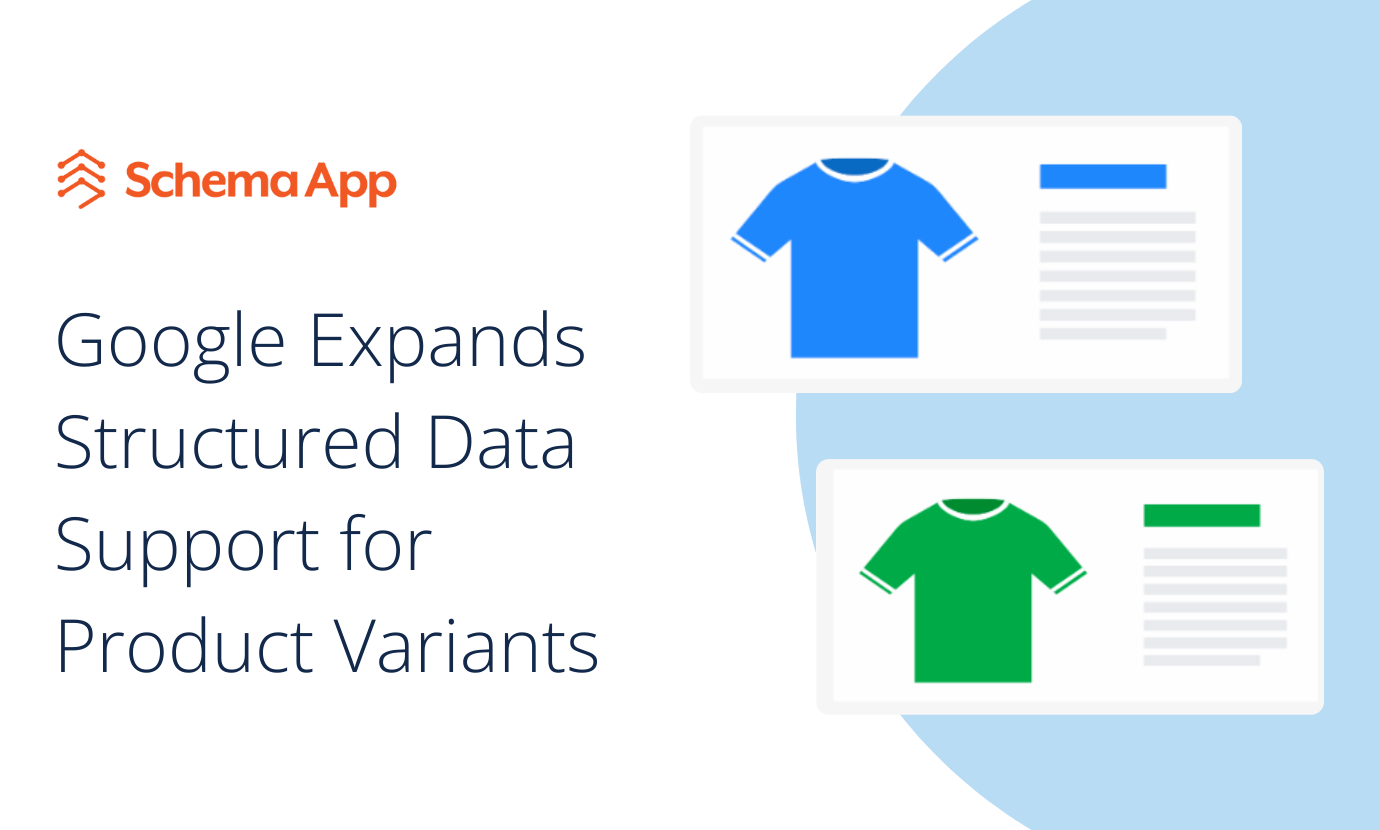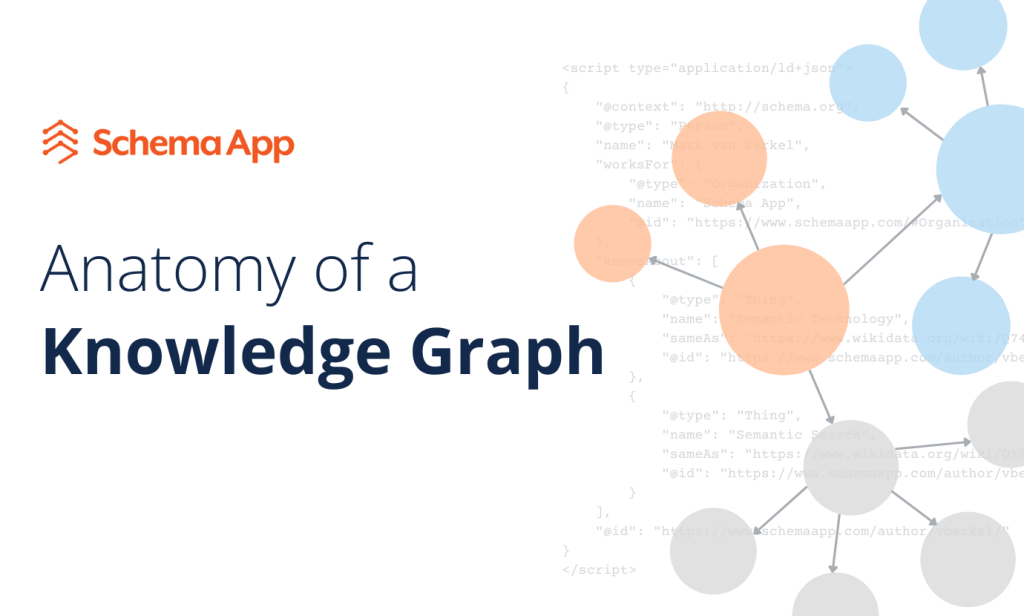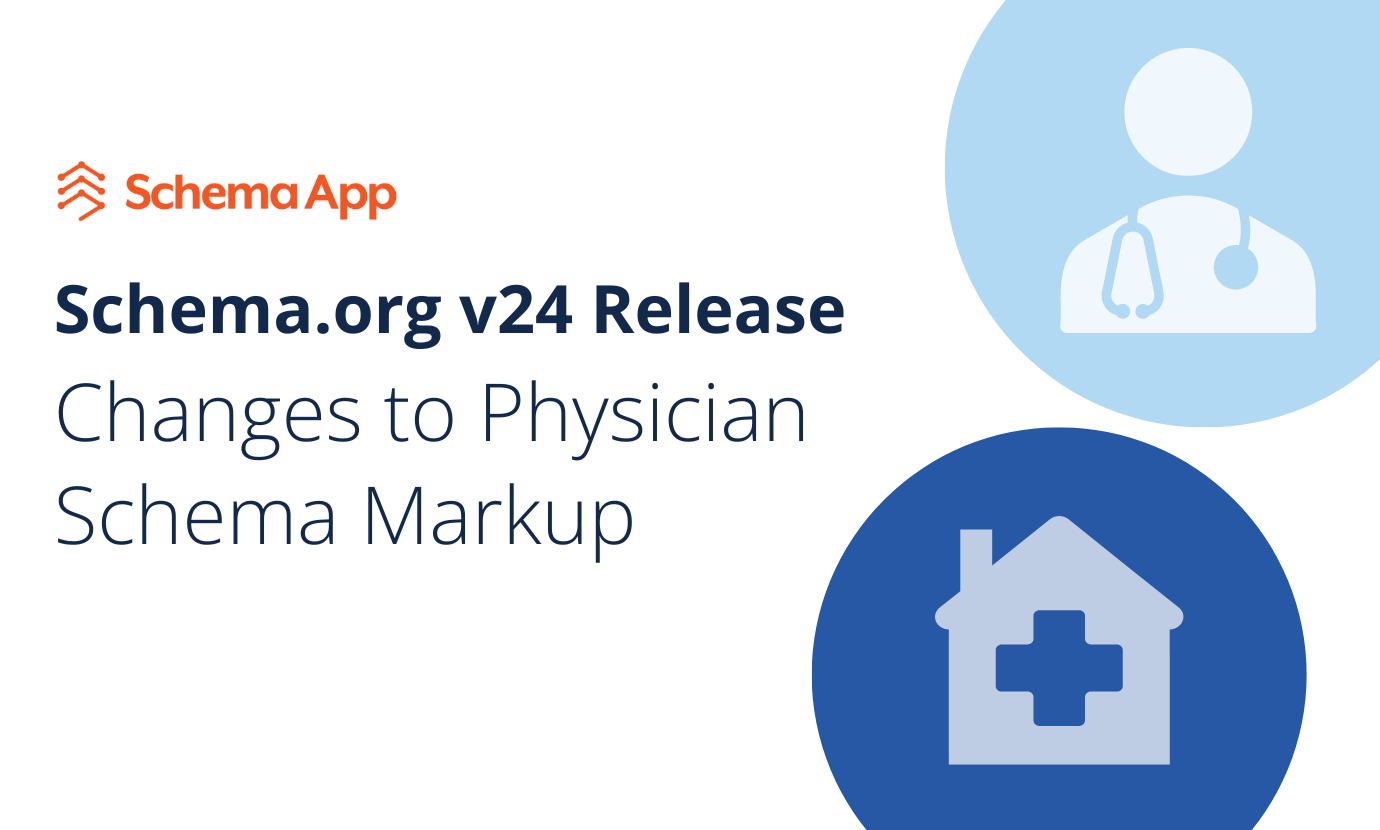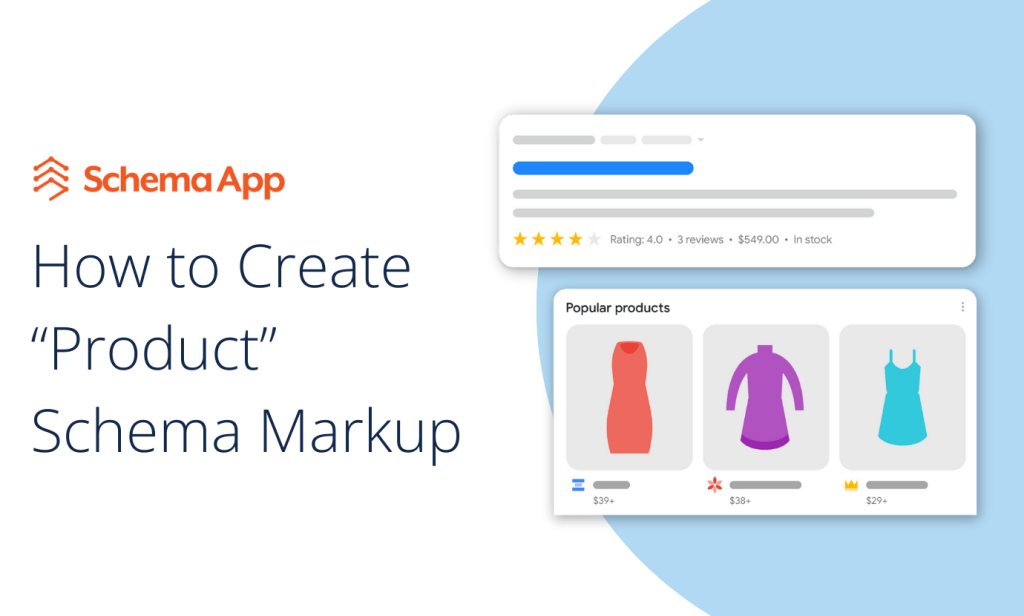The Value of Schema Markup for Healthcare Organizations
Healthcare organizations can improve their SEO performance and stand out competitively in search through Schema Markup. Schema Markup enables the display of vital details in organic search results, including contact…

